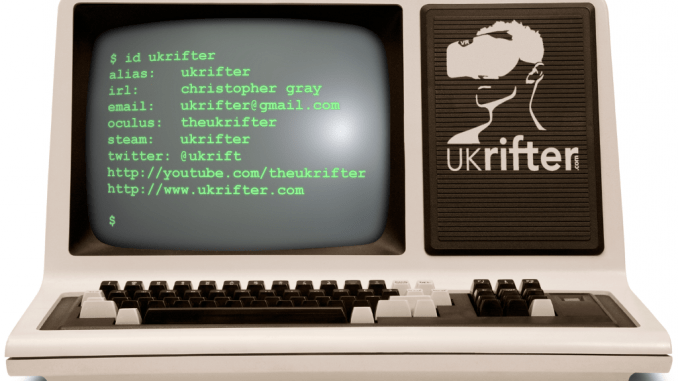
Executive Summary
Meta’s Connect event has brought significant updates in the VR and AR landscape, showcasing advancements in both software and hardware. The new Horizon Engine promises faster loading times and increased user capacity in Horizon Worlds. Meanwhile, the introduction of Meta’s Ray-Ban Display glasses and the Oakley Meta Vanguard expands the company’s foray into smart eyewear.
Hardware Innovations
At the forefront of Meta’s announcements are the Ray-Ban Display glasses, priced at $800 and bundled with the Meta Neural Band. This innovative accessory aims to bridge the gap between traditional eyewear and augmented reality, although it remains a step away from full AR capabilities. The design choices made in these glasses hint at an exciting future for AR, with features like voice amplification through the upcoming “Conversation Focus” feature aimed at enhancing real-world interactions.
Additionally, the Oakley Meta Vanguard glasses, similar to the glasses worn by PC Principal, have been introduced, boasting a wider field of view and IP67 water resistance, which positions them as robust contenders in the smart glasses market. This aligns with Meta’s strategy to provide versatile options that cater to both casual users and tech enthusiasts, also Southpark fans.
Software and Platform Enhancements
On the software side, the newly announced Horizon Engine is set to enhance user experiences within Horizon Worlds. This upgrade allows for faster loading of spaces and supports up to 100 concurrent users, potentially transforming social interactions in the metaverse. The improvements come at a crucial time as Meta seeks to bolster engagement on its platforms amidst increasing competition.
Moreover, the introduction of Meta Horizon Hyperscape allows users to capture real-world scenes using their Quest 3, rendering them in photorealistic detail for immersive experiences. This functionality not only enhances the appeal of Meta’s hardware but also solidifies its position in the burgeoning field of VR content creation.
Market Context
As the market for smart glasses continues to expand, Meta’s strategic partnerships with Essilor Luxottica for the Ray-Ban smart glasses and the launch of the Gen 2 Ray-Ban Meta glasses indicate a robust commitment to innovation in wearable tech. These developments come amidst a backdrop of growing interest in AR and VR applications across various sectors, including enterprise and consumer markets.
The convergence of VR and AR technologies, exemplified by Meta’s offerings, suggests a future where digital and physical realities seamlessly integrate. This evolution is critical for Meta, as it seeks to establish a lead in the competitive landscape dominated by emerging technologies.
In summary, the announcements at Meta’s Connect event highlight significant strides in both hardware and software, reaffirming the company’s ambition to shape the future of immersive experiences.
Your friend in VR, Christopher aka UKRifter
Hashtags: #VR #VirtualReality #XR #MixedReality #Quest3 #SmartGlasses #Meta #AugmentedReality #HorizonWorlds #TechInnovation
Sources
- Road to VR – Meta Says New ‘Horizon Worlds’ Engine Update Brings Faster Loading and Up to 100 Concurrent Users
- UploadVR – Meta Horizon Hyperscape Captures Photorealistic VR Scenes On Quest 3
- UploadVR – Meta Ray-Ban Display Is Official & Includes Meta Neural Band For $800
- Road to VR – Hands-on: Meta Ray-Ban Display Glasses & Neural Band Offer a Glimpse of Future AR Glasses
- UploadVR – Oakley Meta Vanguard Has A Wider FOV Centered Camera & IP67 Resistance
- UploadVR – Meta Smart Glasses ‘Conversation Focus’ Will Boost Nearby Voices
- UploadVR – The Regular Ray-Ban Meta Glasses Get A Gen 2 Upgrade
- Road to VR – Meta Unveils Ray-Ban Smart Glasses with Display, Launching for $800 This Month

Leave a Reply
You must be logged in to post a comment.